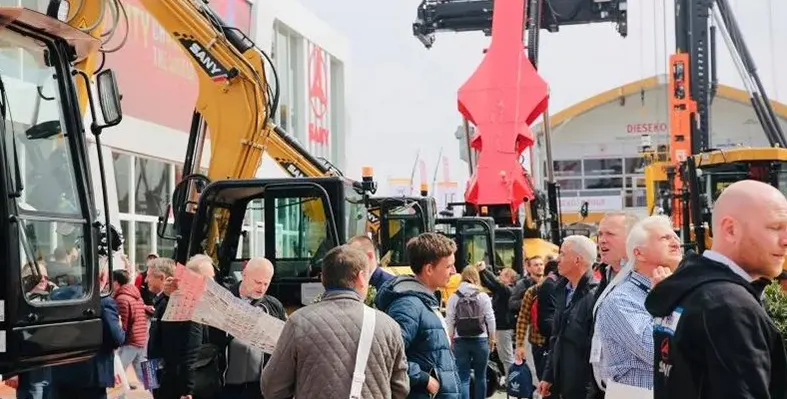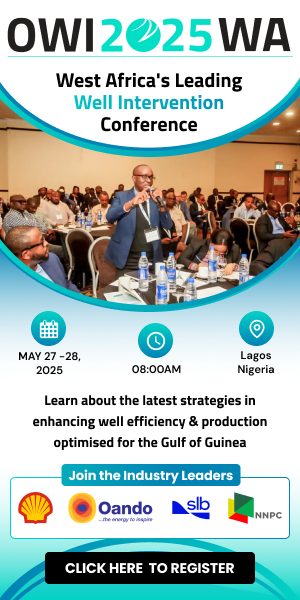
Volvo Trucks introduces Euro 6 FH model in South Africa, prioritising sustainability, performance, and driver experience. (Image source: Volvo Trucks)
Volvo Trucks South Africa has unveiled the Euro 6 version of its flagship long-haul truck, the Volvo FH, marking a significant step forward in its mission to deliver more sustainable and efficient transport solutions
The newly introduced technology meets the stringent Euro 6 Step E emission standards, which significantly reduce harmful pollutants, positioning Volvo as a frontrunner in clean transport innovation in the country.
While Euro 2 is still the current standard in South Africa, the introduction of Euro 6 demonstrates a bold move towards environmentally responsible operations. With improved fuel efficiency and lower emissions, the Volvo FH Euro 6 is tailored for South Africa’s demanding long-haul market, where fuel and operational costs are key concerns.
“The introduction of the Volvo FH Euro 6 demonstrates a significant commitment by Volvo Trucks to reduce emissions on heavy-duty vehicles,” said Waldemar Christensen, managing director of Volvo Trucks South Africa.
Efficient.Sustainable.Ready
The truck is available in four engine power variants—420hp, 460hp, 500hp, and 540hp—all under the D13K engine range and in multiple cab configurations including Sleeper, Globetrotter, and Globetrotter XL. It also integrates features like cooled Exhaust Gas Recirculation (EGR), Diesel Oxidation Catalyst (DOC), Diesel Particulate Filter (DPF), and Selective Catalytic Reduction (SCR) with AdBlue injection to meet emissions targets.
Volvo Trucks also emphasises comfort and safety. Enhanced insulation, ergonomic cabs, and advanced systems like the optional Camera Monitoring System (CMS) ensure a pleasant and secure driving experience.
“About 90% of the environmental impact generated by a truck occurs during its operation – when it emits harmful exhaust gases,” explained Takalani Tshirame, senior manager of product support.
Volvo Connect, a digital platform, allows fleet managers to monitor truck performance, optimise fuel use, and increase uptime with real-time data. Backed by a nationwide dealer network and trained technicians, Volvo ensures the FH Euro 6 is supported throughout its lifecycle.
“We are passionate about crafting a driver experience that fosters a comfortable, safe and enjoyable environment. By prioritising the needs of our drivers, we aim to create a sense of well-being and satisfaction that extends beyond the drive itself, recognising the profound impact it can have on their overall quality of life and ultimately, the success of our customers,” added Alwyn Engelbrecht, sales engineer at Volvo Trucks South Africa.
With cleaner 10ppm diesel fuel becoming widely available in South Africa, the new FH Euro 6 is well-positioned to meet both current demands and future regulatory requirements. This launch aligns with Volvo’s long-term sustainability goals—paving the way for a greener, more efficient future in freight transport.
“The choices we make today define the world we will live in tomorrow. Climate change, population growth, and increasing urbanisation is shifting the expectations on transport and infrastructure, making sustainable transportation increasingly important,” concluded Christensen.
Also read: https://africanreview.com/construction/volvo-penta-strengthens-dealer-network-strategy




















